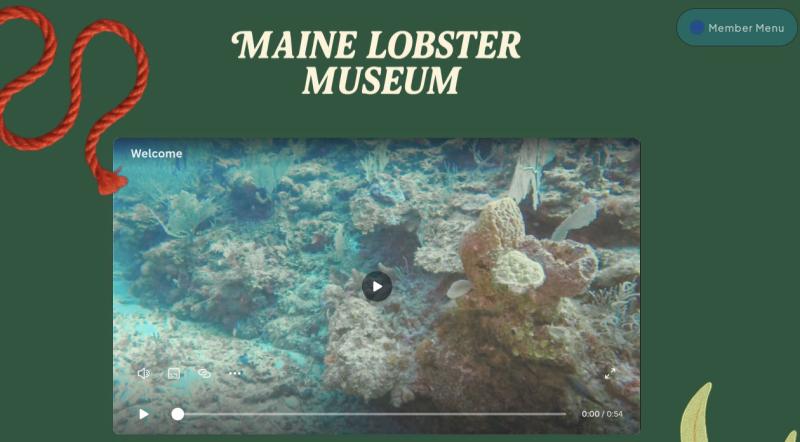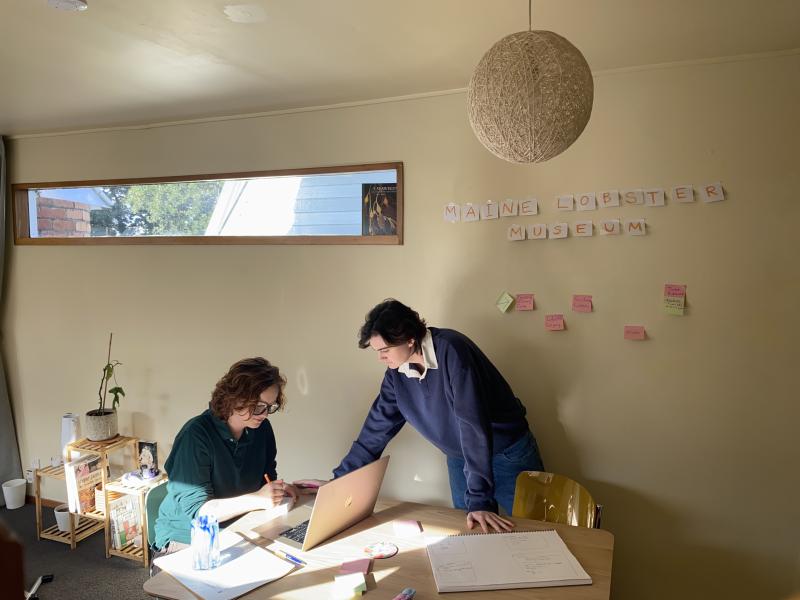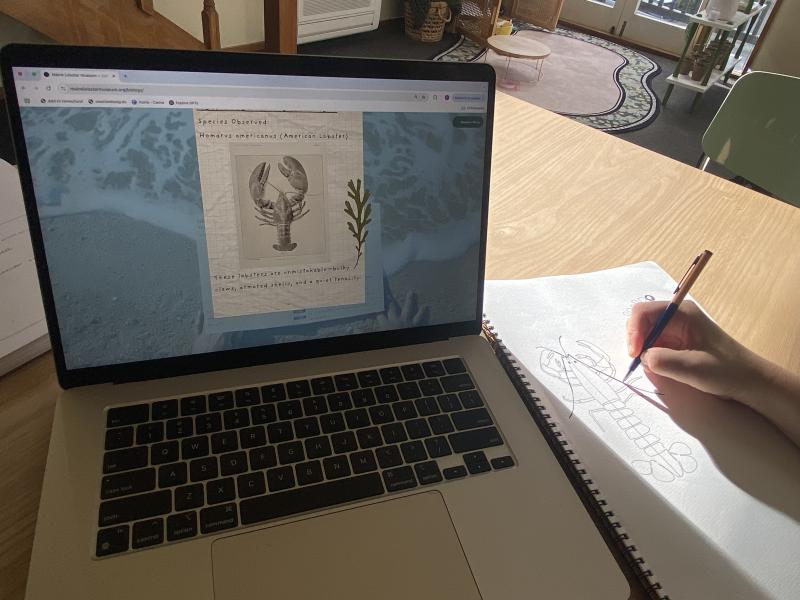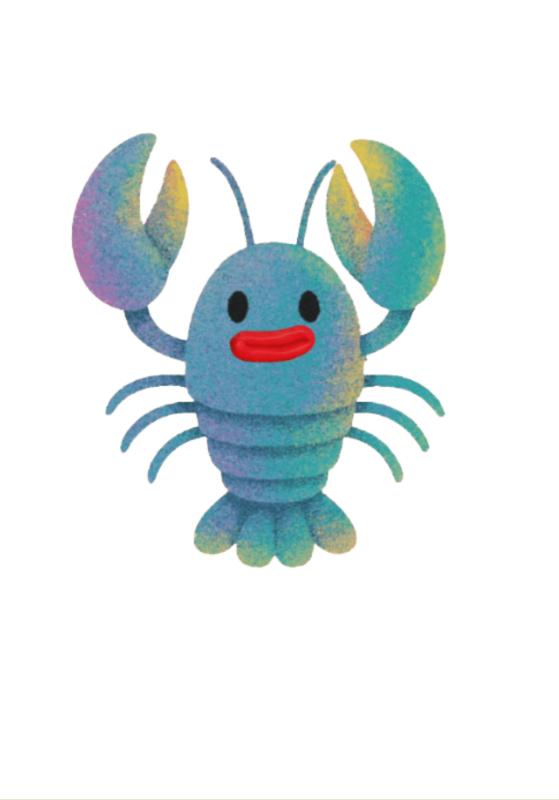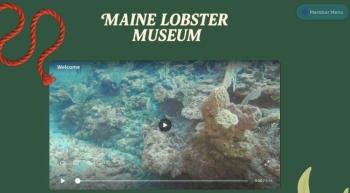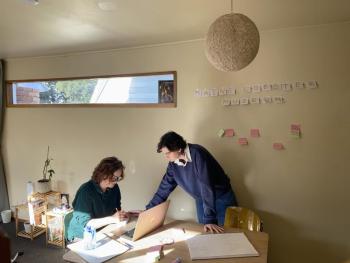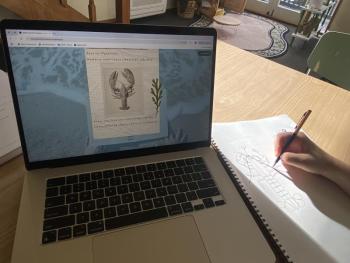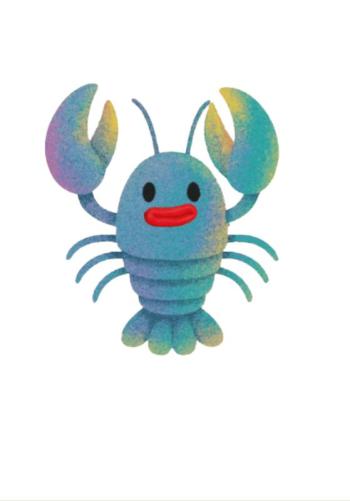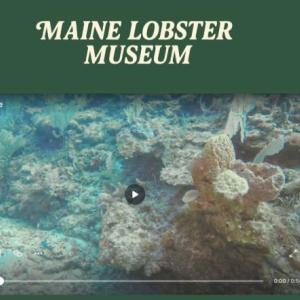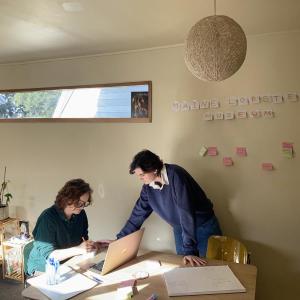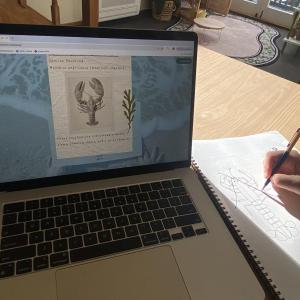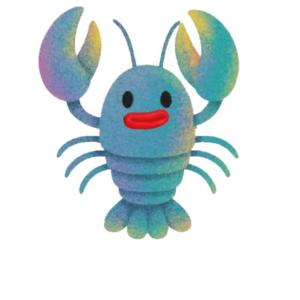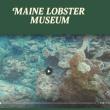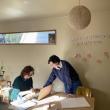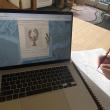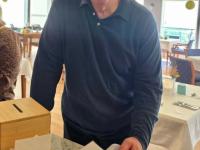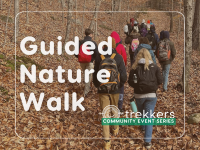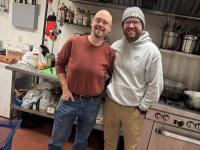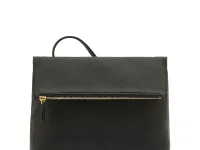Two entrepreneurs open Maine's first virtual Lobster Museum
ROCKLAND—Sebastian and Coral Crissey, both 25, just launched the state's first virtual Maine Lobster Museum this week.
The venture took the couple eight months of planning, designing, researching, and building to bring the virtual museum to life. For $10 for a day pass, visitors can browse a virtual experience dedicated to the rich culture, history, and sustainability of Maine's iconic lobster industry.
Sebastian Crissey, who grew up in Maine, credits several experiences with this new venture. From traveling solo around Ireland at 17 as a way to volunteer on organic farms to studying food sovereignty and digital media while going to college in Australia, Sebastian Crissey began to look at Maine's iconic industry from an enterprising point of view.
"When I turned my attention back home to Maine, I couldn’t help but look at our most iconic creature, the lobster," he said. "I knew there were more stories to be told. This background helped me see beyond the tourist-friendly image of lobsters to recognize them as part of a complex ecosystem of relationships between people, marine environments, and local economies."
With his wife as the museum's co-creator, Coral Crissey served as archival curator and Designer for the project. Coral Crissey helped shape the museum's foundation, bringing knowledge in community archiving, accessibility, and visual storytelling.
The museum has seven exhibits on the history, biology, sustainability, and cultural relevance of the Maine lobster. It also has an arcade and a Meme Gallery, which is for everyone, but will especially appeal to kids and teens.
"Growing up in Maine, my most formative lobster memories come from the daily rhythms of island life while attending Islesboro Central School," said Sebastian Crissey. "For the museum's content, I consulted with food scholars, biologists, and historians, including Dr. Darra Goldstein, a renowned food scholar, author, and professor and leading Lobster Biologist Dr. Christopher Tudge. I also had extensive support and mentorship from professors at Champlain College, where I study digital media."
The couple has tied all of the exhibits together with a virtual docent, who, naturally, is an animated talking crustacean. Laurance the Lobster is the guide to the museum. Named after Sebastian's great grandfather, a mechanical engineer who worked to develop machines used for microfilming documents, Laurance is a tribute to innovation.
"Just as my great grandfather worked to preserve information through innovative technology, I am carrying on that legacy by using today’s technology to tell stories, create immersive experiences, and preserve cultural memory in new formats," said Sebastian Crissey.
The museum launched in early May, but the Crisseys are still developing new collaborations and partnerships. Specifically, they want to partner with summer camps, schools, retirement homes, libraries, community centers, and tourism associations to incorporate the interactive content into their communities.
"My goal is to keep creating new exhibits in collaboration with different artists, curators, and organizations he said. "I imagine the exhibits cycling on the website so the content is always fresh and exciting."
This is good news for Maine's cultural tourism industry. So far, several hotels have already added links to the museum to their guest information materials.
"As a virtual experience, the Maine Lobster Museum has a global reach, so I hope it inspires more people to visit and love the state," said Sebastian Crissey. "Our project has the potential to create ambassadors for Maine lobster worldwide."
To learn more about the Maine Lobster Museum visit: https://mainelobstermuseum.org
Kay Stephens can be reached at news@penbaypilot.com

